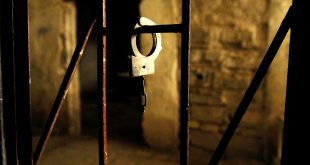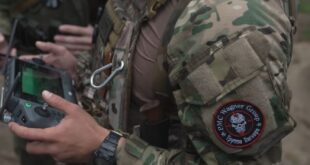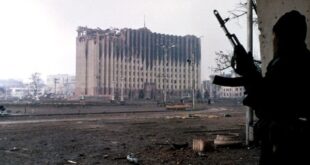Pearl Harbor 7 December, 1941
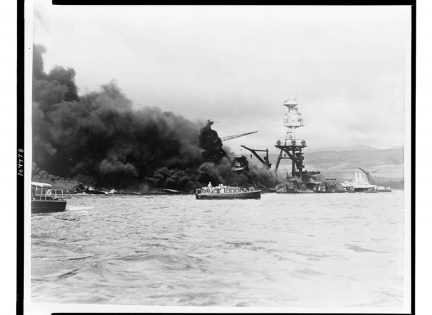
On a quiet morning 80 years ago today, Imperial Japanese forces attacked the United States at Pearl Harbor, Hawaii. Shocked and angered by the attack, the country joined the Allied forces to fight World War II, inspired by the call of “Remember Pearl Harbor.”
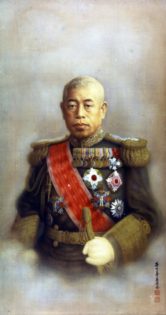
THE ROOTS OF THE CONFLICT
While Japan’s deadly assault on Pearl Harbor stunned Americans, its roots stretched back more than four decades. As Japan industrialized during the late 19th century, it sought to imitate Western countries such as the United States, which had established colonies in Asia and the Pacific to secure natural resources and markets for their goods. Japan’s process of imperial expansion, however, put it on a collision course with the United States, particularly in relation to China.
To a certain extent, the conflict between the United States and Japan stemmed from their competing interests in Chinese markets and Asian natural resources. While the United States and Japan jockeyed peaceably for influence in eastern Asia for many years, the situation changed in 1931. That year Japan took its first step toward building a Japanese empire in eastern Asia by invading Manchuria, a fertile, resource-rich province in northern China. Japan installed a puppet government in Manchuria, renaming it Manchukuo. But the United States refused to recognize the new regime or any other forced upon China under the Stimson Doctrine, named after Secretary of State and future Secretary of War Henry L. Stimson.
The ineffectual Stimson Doctrine guided US policy in Asia for the next decade. On the one hand, the doctrine took a principled stand in support of Chinese sovereignty and against an increasingly militaristic Japanese regime. On the other hand, however, it failed to bolster that stand with either material consequences for Japan or meaningful support for China. In fact, US companies continued to supply Japan with the steel and petroleum it needed for its fight against China long after the conflict between the countries escalated into a full-scale war in 1937. But a powerful isolationist movement in the United States countered that the nation had no business at all in the international conflicts developing around the world. Even the Japanese military’s murder of between 100,000 and 200,000 helpless Chinese military prisoners and civilians and the rape of tens of thousands of Chinese women during the 1937 Rape of Nanking failed to immediately shift US policy.
The strong isolationist movement also influenced the initial US approach to the war in Europe, where by the end of 1940 Nazi Germany controlled most of France, Central Europe, Scandinavia, and North Africa, and severely threatened Great Britain. Prioritizing the war in Europe over Japan’s invasion of China, the United States allowed the sale of military supplies to Great Britain beginning in 1939. But neutrality laws and isolationist sentiment severely limited the extent of that aid prior to 1941.
“Each [nation] stepped through a series of escalating moves that provoked but failed to restrain the other, all the while lifting the level of confrontation to ever-riskier heights.”
David M. Kennedy, PhD
The war in Europe had another significant impact on the war in the Pacific because Germany’s military successes unsettled the other European nations’ Asian colonies. As Japan seized the opportunity to become the dominant imperial power in Asia, United States-Japan relations soured. As historian David M. Kennedy, PhD, explained, “Each [nation] stepped through a series of escalating moves that provoked but failed to restrain the other, all the while lifting the level of confrontation to ever-riskier heights.”
THE IMPENDING CRISIS
President Franklin Delano Roosevelt made one of those escalating moves in July 1940 when he cut off shipments of scrap iron, steel, and aviation fuel to Japan even as he allowed American oil to continue flowing to the empire. Japan responded by entering resource-rich French Indochina, with permission from the government of Nazi-occupied France, and by cementing its alliance with Germany and Italy as a member of the Axis. In July 1941, Japan then moved into southern Indochina in preparation for an attack against both British Malaya, a source for rice, rubber, and tin, and the oil-rich Dutch East Indies. This prompted Roosevelt to freeze all Japanese assets in the United States on July 26, 1941, which effectively cut off Japan’s access to US oil.
That move pushed Japan to secretly ready its “Southern Operation,” a massive military attack that would target Great Britain’s large naval facility in Singapore and American installations in the Philippines and at Pearl Harbor, thus clearing a path for the conquest of the Dutch East Indies. While diplomatic talks continued between the United States and Japan, neither side budged. Japan refused to cede any of its newly acquired territory, and the United States insisted that Japan immediately withdraw its troops from China and Indochina.
THE ATTACK
On November 26, 1941, as US officials presented the Japanese with a 10-point statement reiterating their long-standing position, the Japanese Imperial Navy ordered an armada that included 414 planes aboard six aircraft carriers to set to sea. Following a plan devised by Admiral Yamamoto Isoroku, who had earlier studied at Harvard and served as Japan’s naval attaché in Washington, DC, the flotilla aimed to destroy the US Pacific Fleet base at Pearl Harbor.
To catch the Americans by surprise, the ships maintained strict radio silence throughout their 3,500- mile trek from Hitokappu Bay to a predetermined launch sector 230 miles north of the Hawaiian island of Oahu. At 6:00 a.m. on Sunday, December 7, a first wave of Japanese planes lifted off from the carriers, followed by a second wave an hour later. Led by Captain Mitsuo Fuchida, the pilots spotted land and assumed their attack positions around 7:30 a.m. Twenty-three minutes later, with his bomber perched above the unsuspecting American ships moored in pairs along Pearl Harbor’s “Battleship Row,” Fuchida broke radio silence to shout, “Tora! Tora! Tora!” (Tiger! Tiger! Tiger!)—the coded message informing the Japanese fleet that they had caught the Americans by surprise.
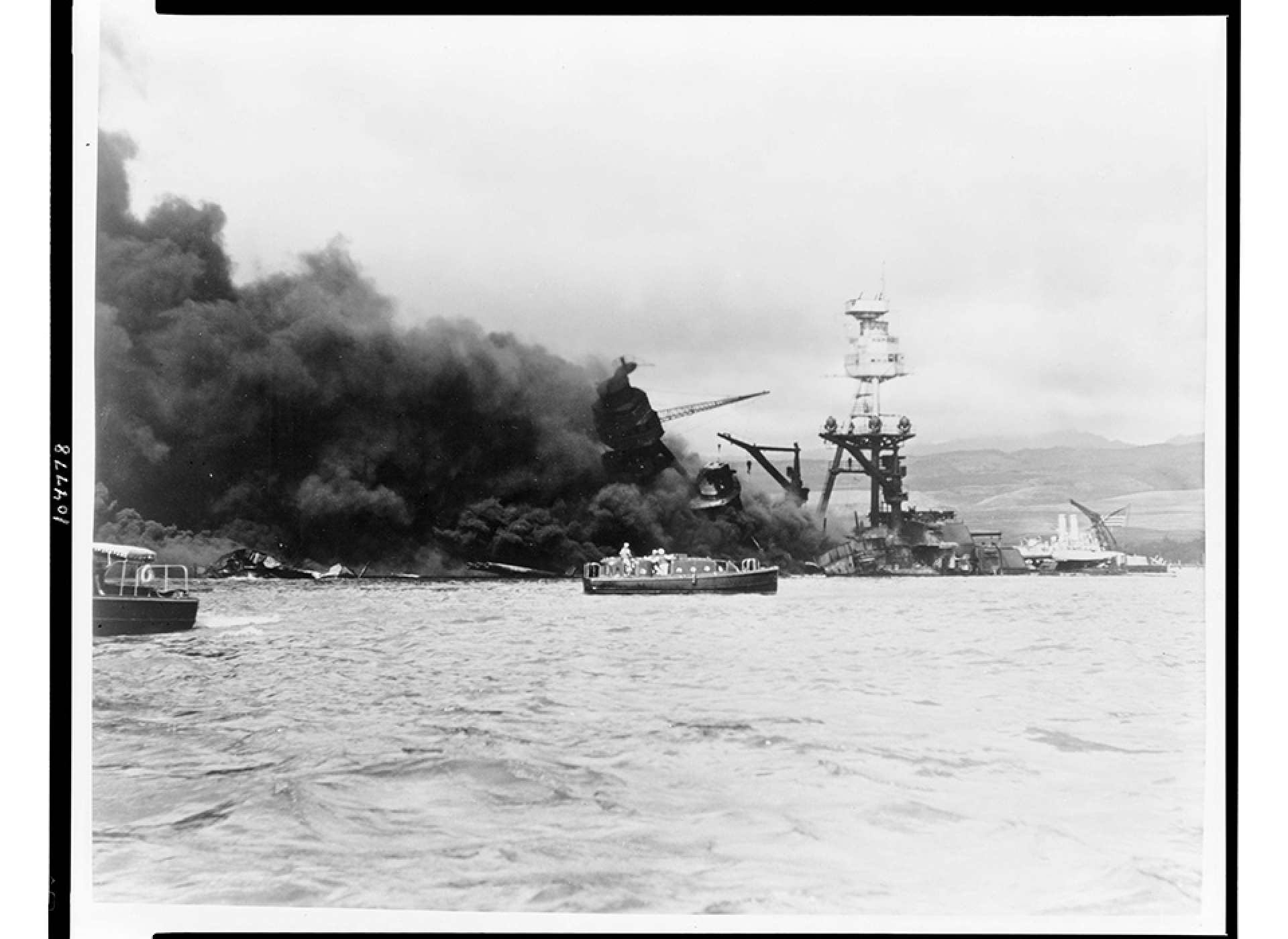
The USS Arizona in flames following the Japanese attack on Pearl Harbor, December 7, 1941. Image: Library of Congress: LC-USZ62-104778.
For nearly two hours, Japanese firepower rained down upon American ships and servicemen. While the attack inflicted significant destruction, the fact that Japan failed to destroy American repair shops and fuel-oil tanks mitigated the damage. Even more significantly, no American aircraft carriers were at Pearl Harbor that day. The Japanese, however, immediately followed their Pearl Harbor assault with attacks against US and British bases in the Philippines, Guam, Midway Island, Wake Island, Malaya, and Hong Kong. Within days, the Japanese were masters of the Pacific.
In Washington, a decrypted message had alerted officials that an attack was imminent moments before Fuchida’s planes took to the skies. But a communications delay prevented a warning from reaching Pearl Harbor in time. The Americans missed another opportunity when an officer discounted a report from an Oahu-based radar operator that a large number of planes were headed their way.
The attack killed 2,403 U.S. personnel, including 68 civilians, and destroyed or damaged 19 U.S. Navy ships, including 8 battleships.
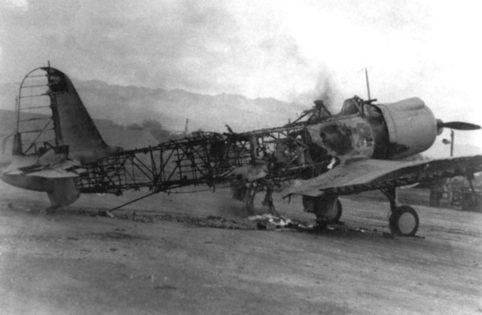
For A Deeper Dive
Nation Observes 80th Anniversary of Attack on Pearl Harbor
DEC. 7, 2021 | BY DAVID VERGUN, DOD NEWS
On Dec. 7, 1941, 80 years ago, the Japanese attacked Pearl Harbor, Oahu, an island in the then-U.S. territory of Hawaii.
Some events leading up to the attack provide context to what happened that day.
By 1940, World War II had already engulfed much of Europe and the Pacific, and many Americans were beginning to realize U.S. involvement seemed inevitable. Spotlight: Commemorating World War IIThe Defense Department, then called the War Department, began conducting exercises and ramping up war production in preparation for conflict, should it come.
The draft, known then as the Selective Training and Service Act, was instituted on Sept. 16, 1940.
Before 1940, the U.S Pacific Fleet had been based in San Diego. President Franklin D. Roosevelt ordered the Navy to move the base to Pearl Harbor.
On Oahu, coordination between the Army and Navy was poor, James C. McNaughton, who served as command historian for Army Pacific from 2001 to 2005, said. The Army and the Navy on Hawaii had separate chains of command, and they engaged in very little coordination, at least in practical terms.
Early Sunday morning on the day of the attack, Navy Adm. Husband E. Kimmel, commander in chief of the Pacific Fleet, and counterpart Lt. Gen. Walter Short, commander of the Army Hawaiian Department, were preparing for their weekly golf game, a regular event that enabled them to “check the box” for joint coordination, McNaughton said.
“Well, you need more than that,” McNaughton said. “And that’s what they didn’t do.”
In 1946, according to the Army’s official history, “Guarding the United States and Its Outposts,” the Congressional Pearl Harbor Joint Committee concluded: “There was a complete failure in Hawaii of effective Army-Navy liaison during the critical period and no integration of Army and Navy facilities and efforts for defense. Neither of the responsible commanders really knew what the other was doing with respect to essential military activities.”
In the pre-dawn hours of the attack, a submarine periscope was spotted near Pearl Harbor, where there shouldn’t have been any submarines. At 6:37 a.m., the destroyer USS Ward dropped depth charges, destroying the submarine. The incident was then reported to the Navy chain of command.
Meanwhile, at the Opana Radar Site on the north shore of Oahu, radar operators Army Pvt. Joseph L. Lockard and Army Pvt. George Elliott detected an unusually large formation of aircraft approaching the island from the north at 7:02 a.m.
At the time, radar was experimental technology, and operators only monitored it from 3 a.m. to 7 a.m., McNaughton said. Usually, the radar was shut off at 7 a.m., but the truck that took Lockard and Elliott to breakfast was late, so the radar was still on at 7:02 a.m.
McNaughton said the operators had never seen such a large number of blips, so they called Army 1st Lt. Kermit A. Tyler, an Air Corps pilot who was an observer that morning at Fort Shafter’s Radar Information Center in Oahu.
“Don’t worry about it,” Tyler told them. He had heard that a flight of B-17 bombers was en route from Hamilton Field, California, that morning.
If the Army and Navy had been in communication, McNaughton believes, they might have recognized the signs of the coming attack: the sighting of a large aircraft formation coming in from the north and the sighting of a submarine at the mouth of Pearl Harbor.
“If you put those two together, you might want to put everyone on full alert. But they didn’t,” he said. “There was no integration of intelligence from the two services. The only warning they got was when the bombs started to fall.”
The first of two waves of some 360 Japanese fighters, bombers and torpedo planes began the attack at 7:48 a.m., having launched from six aircraft carriers north of Oahu.
While many of the Imperial Japanese Navy aircraft attacked the fleet anchored at Pearl Harbor, other planes attacked all the military airfields on the island, including Wheeler Field next to Schofield Barracks.
Within minutes of the attack, Navy antiaircraft guns opened up. The guns were firing at planes in all directions. A number of stray, Navy antiaircraft gun rounds fell in populated areas of Honolulu, killing more than a dozen civilians.
However, the Army’s antiaircraft gunners at first struggled to engage the enemy because their guns were not in firing positions, and the ammunition was in a separate location under lock and key.
“You can imagine them looking for the ammunition sergeant who had the keys at 8 a.m. Sunday,” McNaughton said. “It took them a while, but some guns did eventually get into action.”
Short complained afterward that he had received ambiguous guidance from Washington. He said he was instructed to be prepared to defend against an attack, but he was not to alarm the civilian population, which setting the antiaircraft guns in position might have done.
Even so, the Army, with four regiments of antiaircraft artillery in Oahu, had rehearsed defense against air raids. “They knew it was a possibility,” McNaughton said. “But, certainly, they were caught by surprise.”
Nevertheless, soldiers found some means to counterattack. At Army installations, soldiers fired back with machine guns and other weapons at attacking enemy dive bombers and fighters, according to the Army’s official history.
The Army Air Corps flight of twelve B-17 Fortress Bombers — the aircraft that Tyler thought the radar operators had spotted — arrived in the middle of the attack. They were unarmed and almost out of fuel.
The aircraft landed at various airfields, and one landed on a golf course. One of the aircraft was destroyed by the Japanese, and three were badly damaged, according to the Army’s official history.
“Just imagine, it’s supposed to be a routine peacetime flight, and you show up in the middle of the biggest air battle the U.S. had ever seen,” McNaughton said. “Not a good situation.”
Of the 2,403 Americans killed, 2,008 were sailors; 218 were soldiers; 109 were Marines; and 68 were civilians, according to a National World War II Museum Pearl Harbor fact sheet.
Of the aircraft destroyed, 92 were Navy and 77 were Army Air Corps. Two battleships were destroyed, and six were damaged. Three cruisers were damaged; one auxiliary vessel was destroyed, and three were damaged; and three destroyers were damaged, according to the fact sheet.
The carriers USS Enterprise, USS Saratoga and USS Lexington were out on maneuvers and were not spotted by the Japanese, which was a stroke of luck for the United States.
In fact, the Japanese never planned to invade Hawaii, McNaughton said. Rather, they wanted to cripple the U.S. Pacific fleet so it could not interfere with their plans to seize European colonies in Southeast Asia.
At the time, Army and Navy signals intelligence personnel were working hard to break the Japanese code, he said. They were intercepting communications and decrypting what they could, but the communications they intercepted gave no clear warning of the impending attack.
Senior Navy and Army leaders relieved Kimmel and Short of their commands within days after the attack.
What the Japanese misjudged was the tremendous anger of the American people, which gave Roosevelt and Congress the motivation to declare war against Japan, as well as Germany, McNaughton said.
In the aftermath of the attack, the Army immediately took over the territory of Hawaii, declaring martial law, which lasted until October 1944. In this unprecedented situation, all local police, courts and government operated under Army supervision. The Army, Navy and FBI placed the local Japanese-American population under close surveillance and placed many community leaders under arrest.
During the war, the soldiers in Hawaii — as in various places along the coasts on the U.S. mainland — never had to fire artillery guns to repel an enemy fleet, McNaughton said. The Army eventually disbanded the Coast Artillery branch; today, it uses sophisticated air and missile defense in coordination with the other services.
Among the lessons to be taken from the Pearl Harbor attack, according to McNaughton, is the crucial importance of operating as part of the joint force. Another is that of striking a fine balance between training and readiness. “You just don’t know when your unit will be called to mobilize,” he said.
The forced internment of many Japanese-Americans in 1942 was a further tragedy.
“It was really painful to the Japanese-American community at the time,” he said. “The vast majority of Japanese-Americans had been loyal citizens. Those who had the opportunity fought for America. And many of those who volunteered died for their country.”
On Feb. 1, 1943, Roosevelt announced the creation of segregated units composed of nisei, or second generation, Japanese-American soldiers.
The 100th Infantry Battalion and the 522nd Field Artillery Battalion, composed of Hawaiian nisei, served with great distinction in Europe.
Altogether, about 33,000 nisei served in the armed forces and approximately 800 were killed in action.
After the war ended, Japan became an important ally of the United States
 Soldier of Fortune Magazine The Journal of Professional Adventurers
Soldier of Fortune Magazine The Journal of Professional Adventurers


